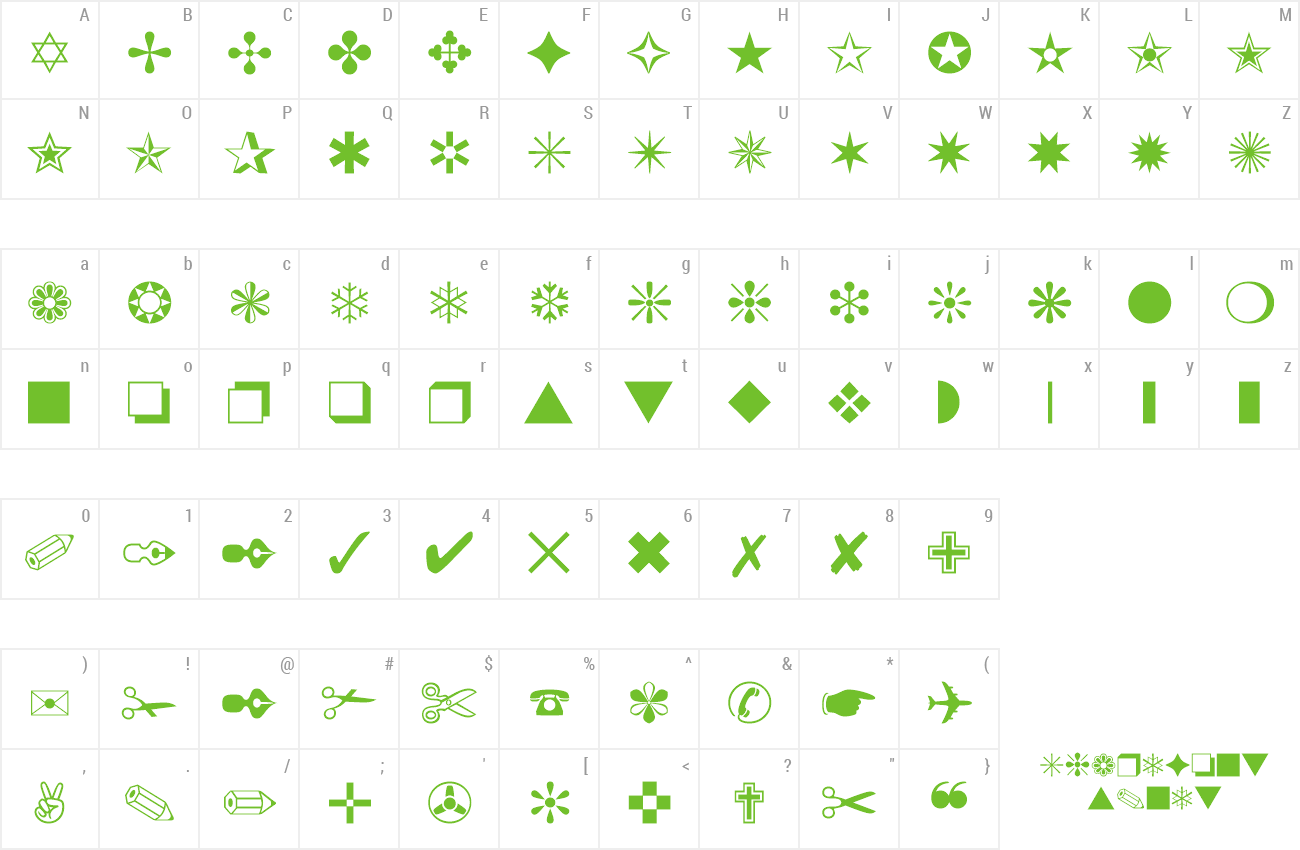

His teachers, aware of the new political difficulties, noticed Zapf's skill in drawing and suggested that he become a lithographer. Under the new political regime, Zapf was not able to attend the Ohm Technical Institute in Nuremberg, and therefore he needed to find an apprenticeship. However, his father had become unemployed and was in trouble with the newly established Third Reich, having been involved with trade unions, and was sent to the Dachau concentration camp for a short time. Zapf left school in 1933 with the ambition of pursuing a career in electrical engineering. Even at this early age, Zapf was already getting involved with type, inventing cipher alphabets to exchange secret messages with his brother.

He and his older brother experimented with electricity, building a crystal radio and an alarm system for his house. One of his favorite books was the annual science journal Das neue Universum (The New Universe). In school, Zapf was mainly interested in technical subjects. Famine later struck Germany, and Zapf's mother was grateful to send him to school in 1925, where he received daily meals in a program organized by Herbert Hoover.

Two of Zapf's siblings died of the disease. In addition, the Spanish flu pandemic took hold in Europe in 19. Zapf was born in Nuremberg during turbulent times marked by the German Revolution of 1918–1919 in Munich and Berlin, the end of World War I, the exile of Kaiser Wilhelm, and the establishment of Bavaria as a free state by Kurt Eisner.


 0 kommentar(er)
0 kommentar(er)
